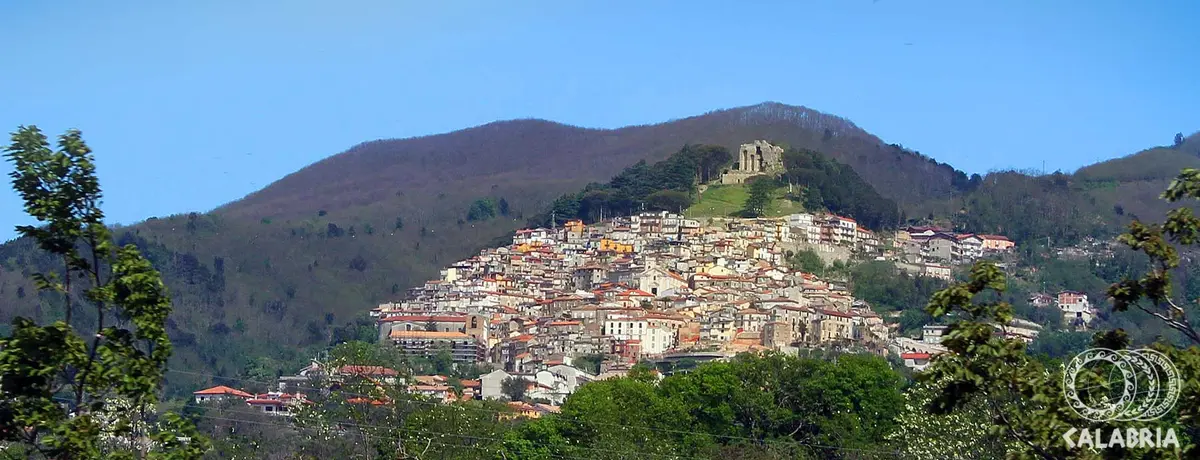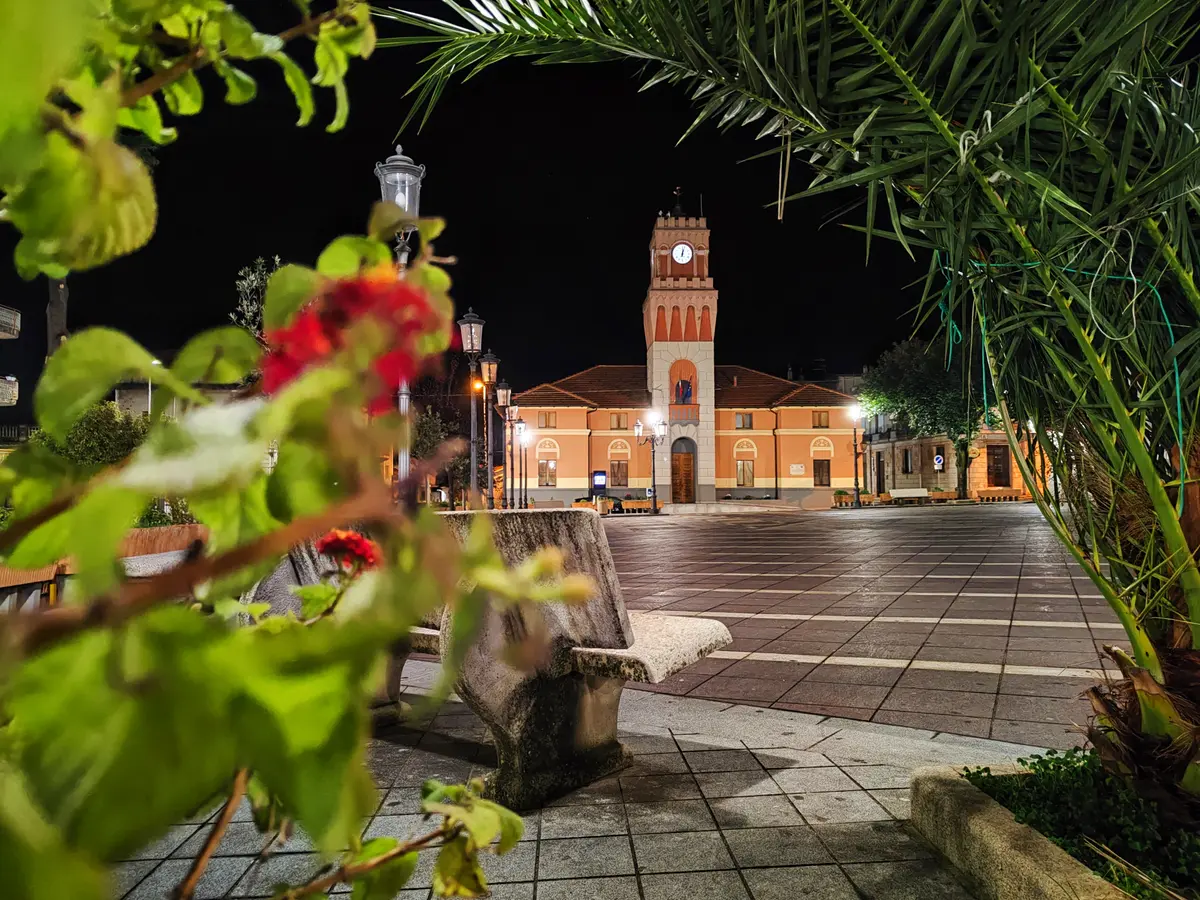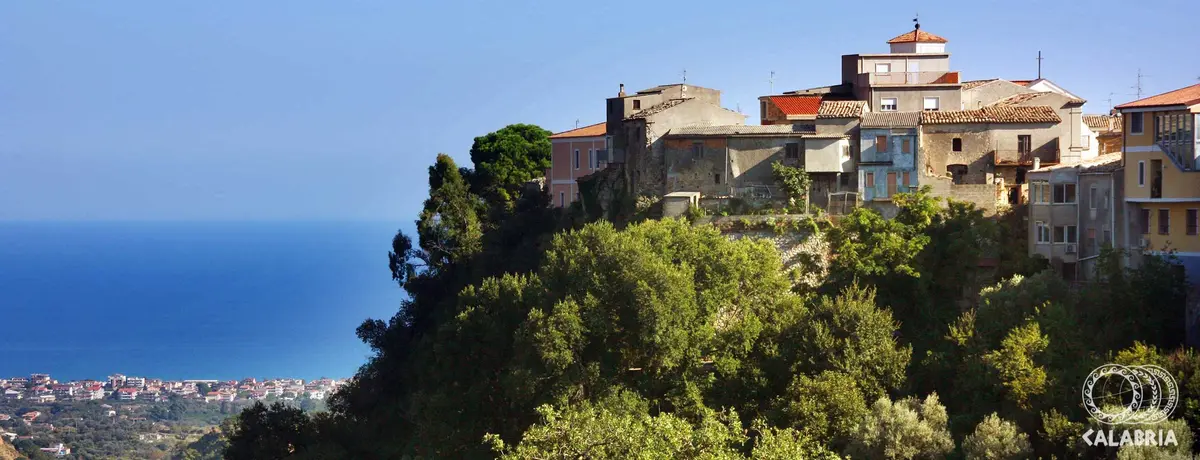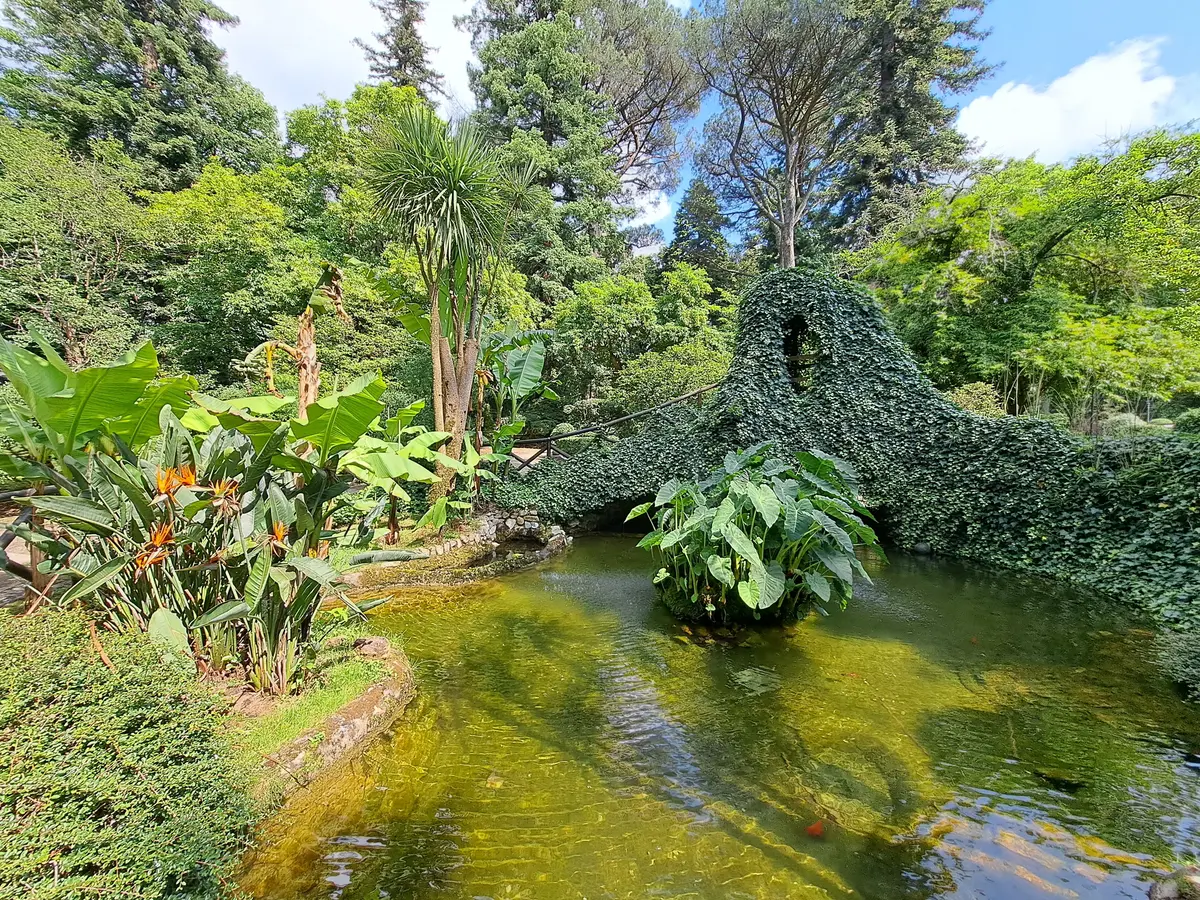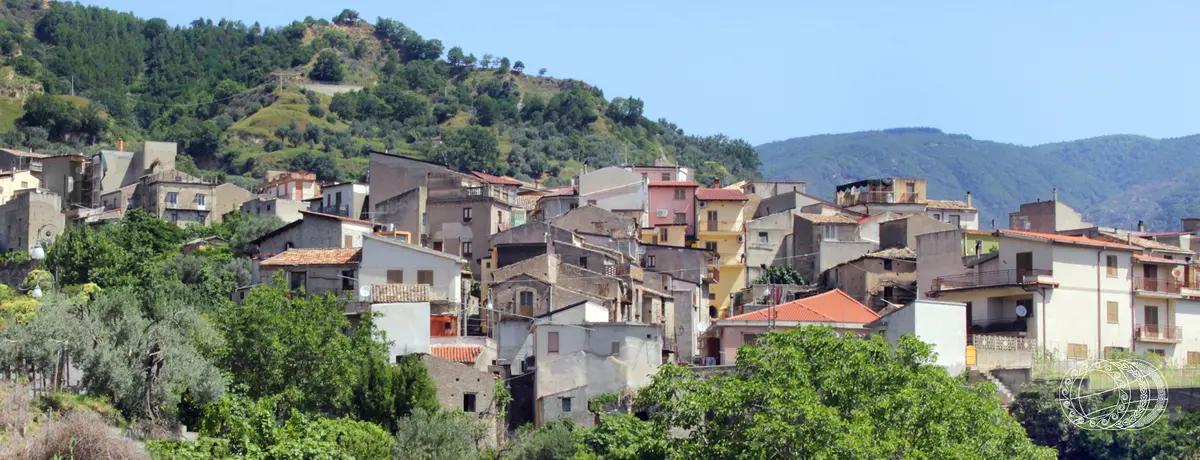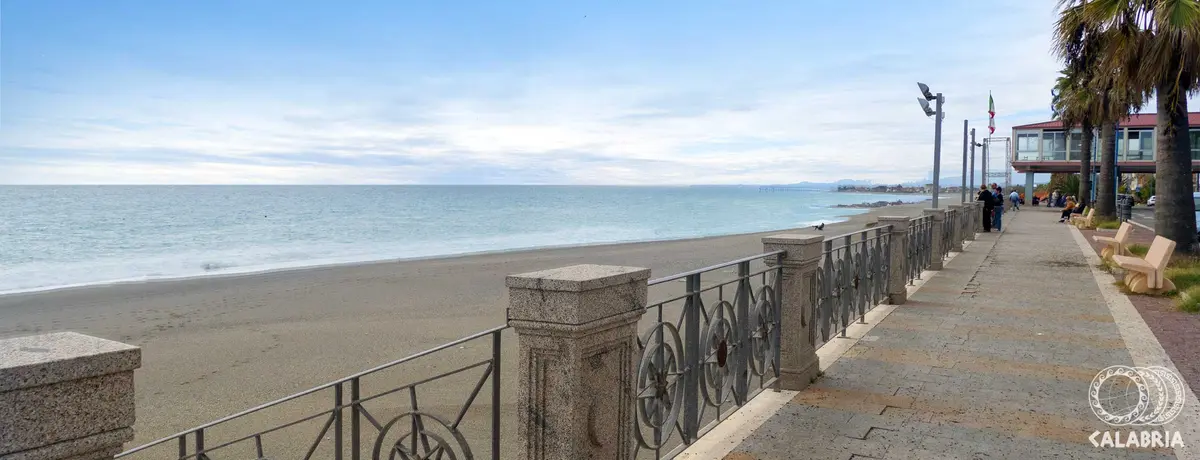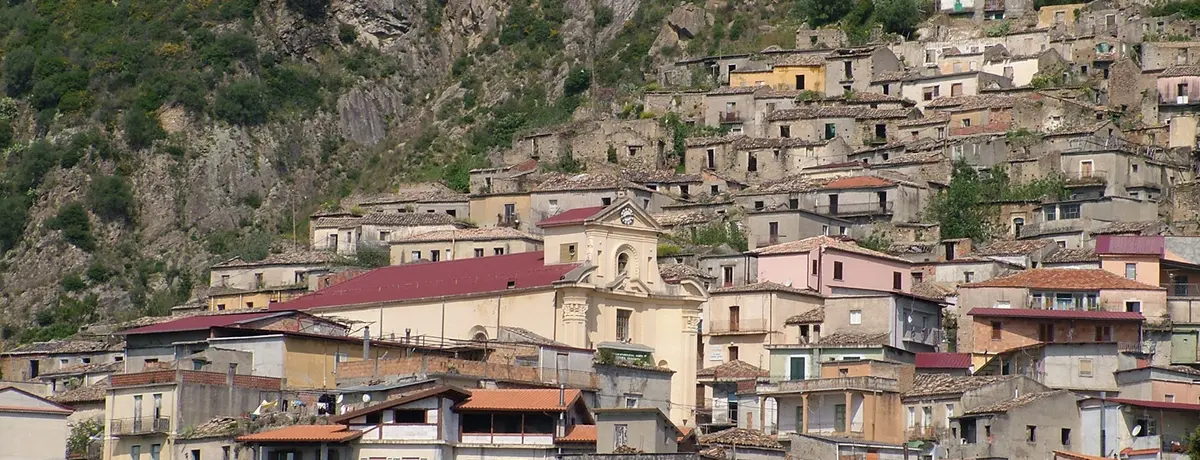Gerace
Gerace, the ‘’Enchanted Village‘’ of Byzantine origin

The orange flags
Regione Calabria
Set in the heights of the Locride area, in the province of Reggio Calabria, the village of Gerace, among Italy's Most Beautiful Villages, offers its Byzantine soul made up of oriental architecture and an identity imprint.
‘’Jerax‘’ is the Greek word from which the name Gerace derives: it means ‘sparrowhawk’ and recalls the legend according to which it was this very bird that indicated the exact spot where to build the town, far from the attacks of Saracen pirates.
In a panoramic position, Gerace is a maze of alleys, monuments and buildings that are an expression of the various foreign dominations. Here East and West blend in the typical Byzantine-Norman architecture that characterises the 17 churches still standing (there used to be more than a hundred), starting with the splendid Cathedral, in Piazza Tribuna. Consecrated in 1045, the church is a symbol of the village of Gerace (‘’Borghetto‘’) along with other monumental buildings, such as the Church of San Martino, one of the oldest. Crossing Via Roma, one arrives at the Belvedere Bombarde and the 16th-century Porta del Sole, which is the main entrance to Piazza del Tocco and the noble palaces that surround it. The Moorish mullioned windows of the so-called ‘’Casa Catalana‘’; the potters' workshops carved into the rock. From the cathedral, walking along Via Caduti sul Lavoro, one comes across other wonderful churches and convents: Sacro Cuore, Convent of San Francesco d'Assisi and San Giovannello, until you reach the remains of the ancient Castle of Gerace (11th century), with the wide open space of the Baglio.
A second route to visit, in the historical centre of Gerace, passes through Porta della Varvara and leads to the so-called ‘’Borgo Maggiore‘’, with its district of potters' workshops. From Piazza della Repubblica, one reaches the Church of Santa Maria del Mastro, close to Palazzo del Balzo; the Church of San Giorgio, with the Convent of the Capuchins (1534) and the Convent of the Minor Observants (1612), and the Church of Santa Maria di Monserrato, also of Byzantine origin.
The best time to visit Gerace is during the International Festival of Street Artists ‘’Enchanted Village‘’, one of the most eagerly awaited events of the summer (with a winter appeal), full of performances, music, colours and typical tastings in the streets of the village.
Useful information
What to know about Gerace
Where to Sleep
There are 14 available accommodations.
Places
There are 15 places to visit.
Travel Ideas
There are 3 travel ideas.
Infopoint Gerace
Gerace
No result

